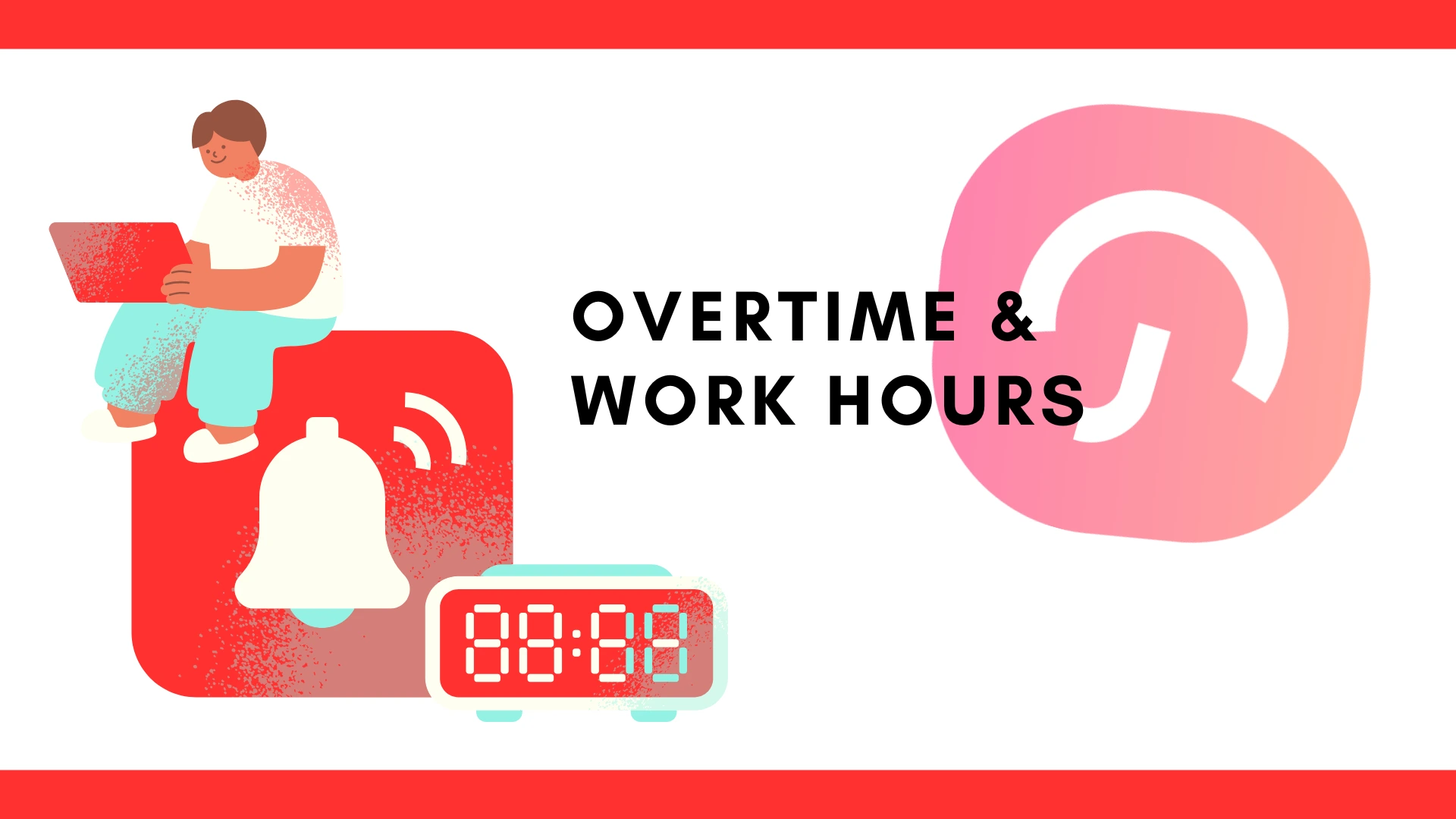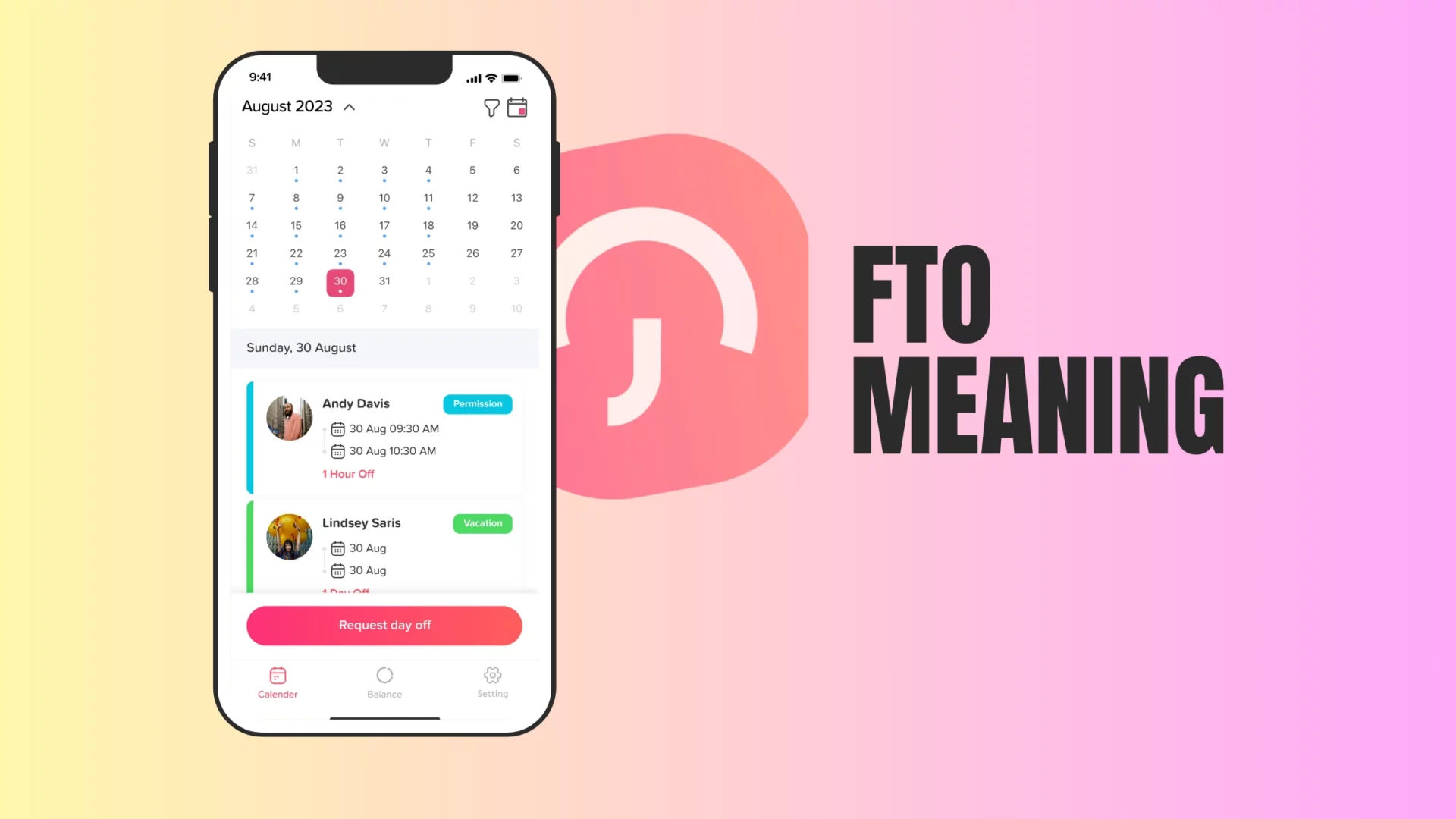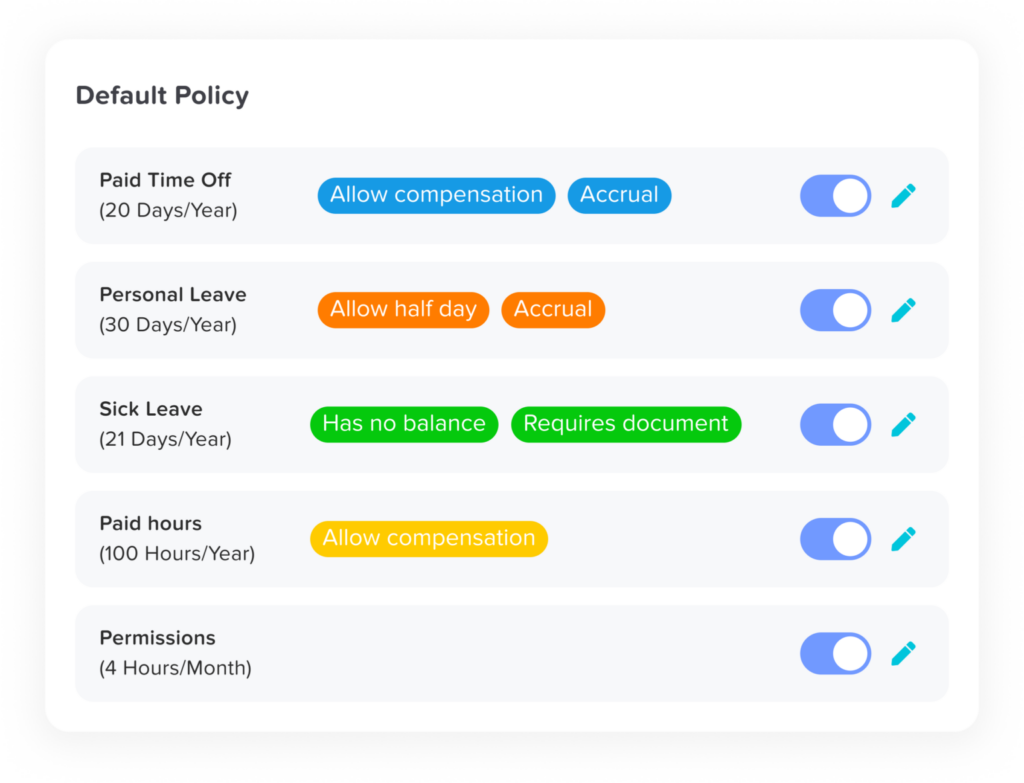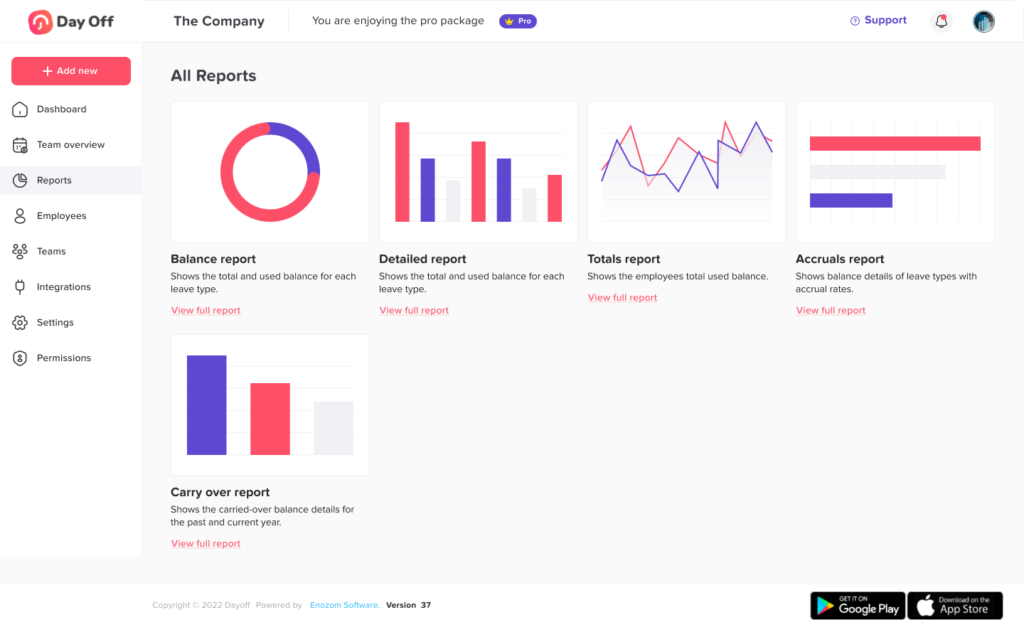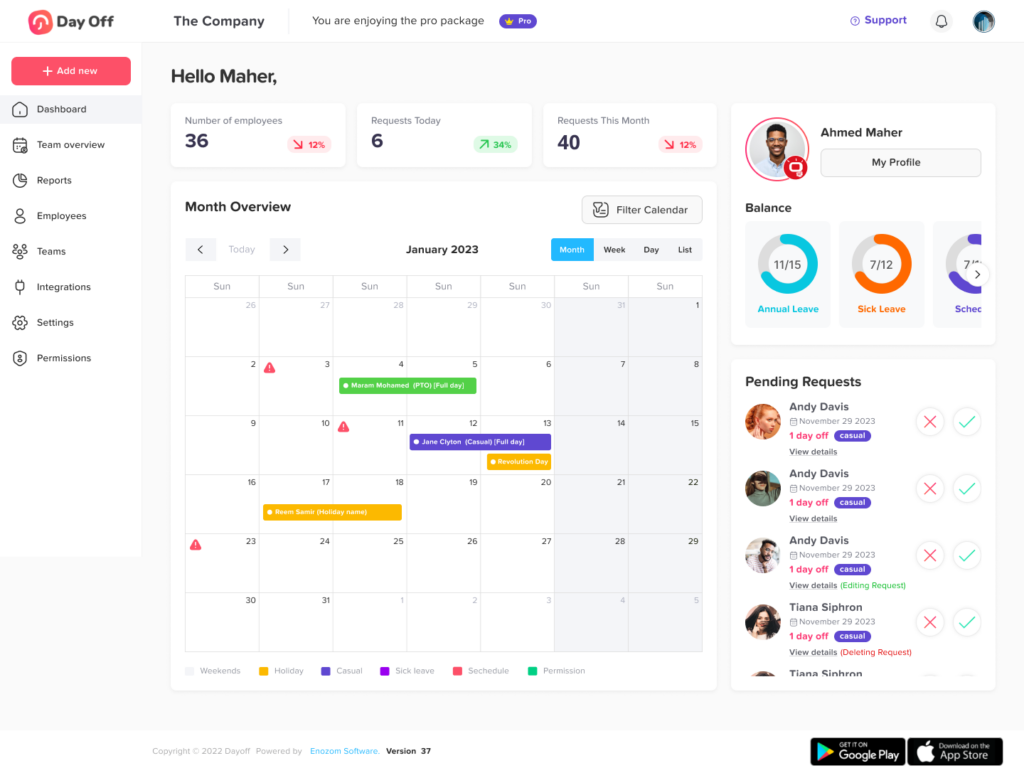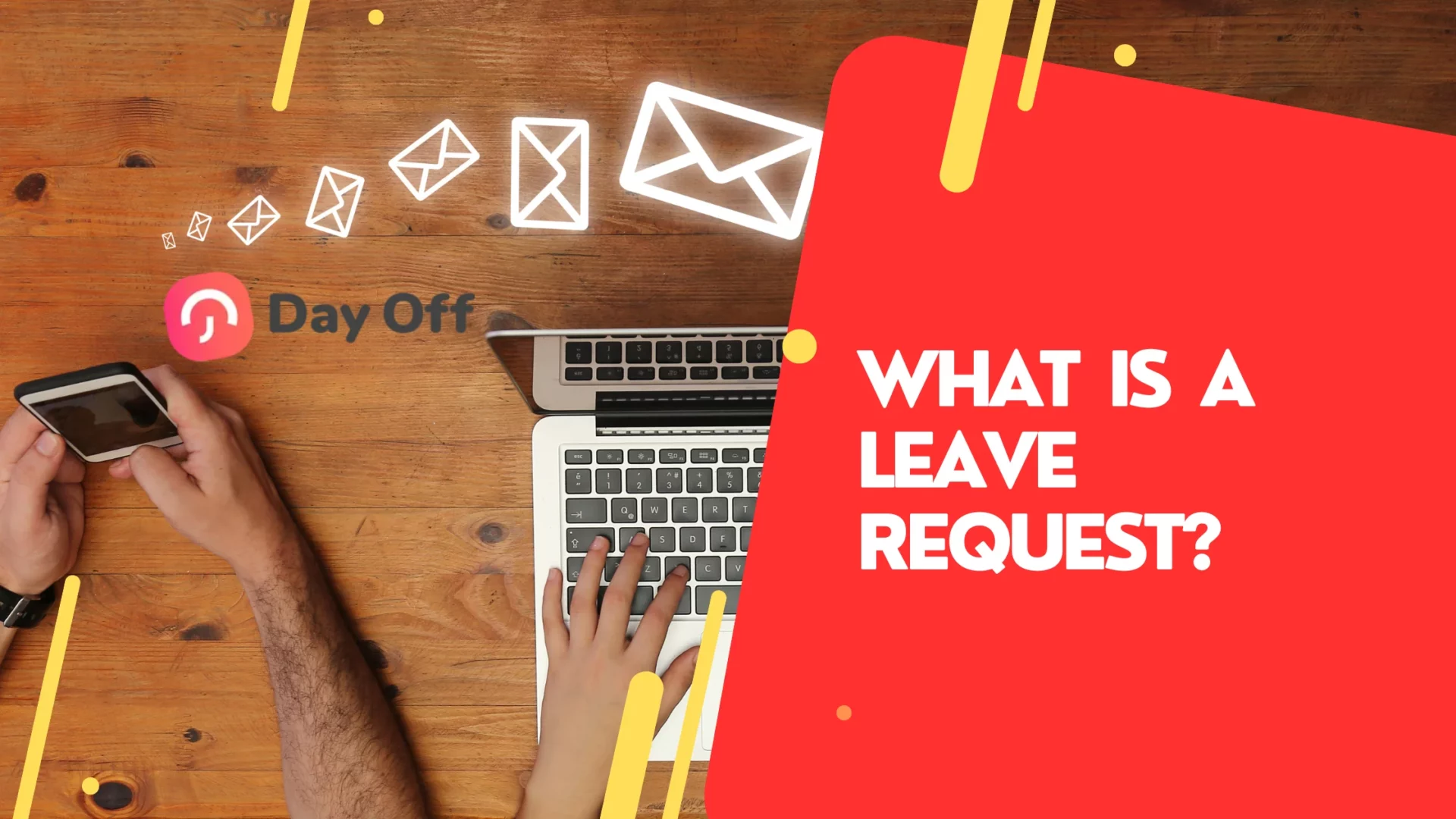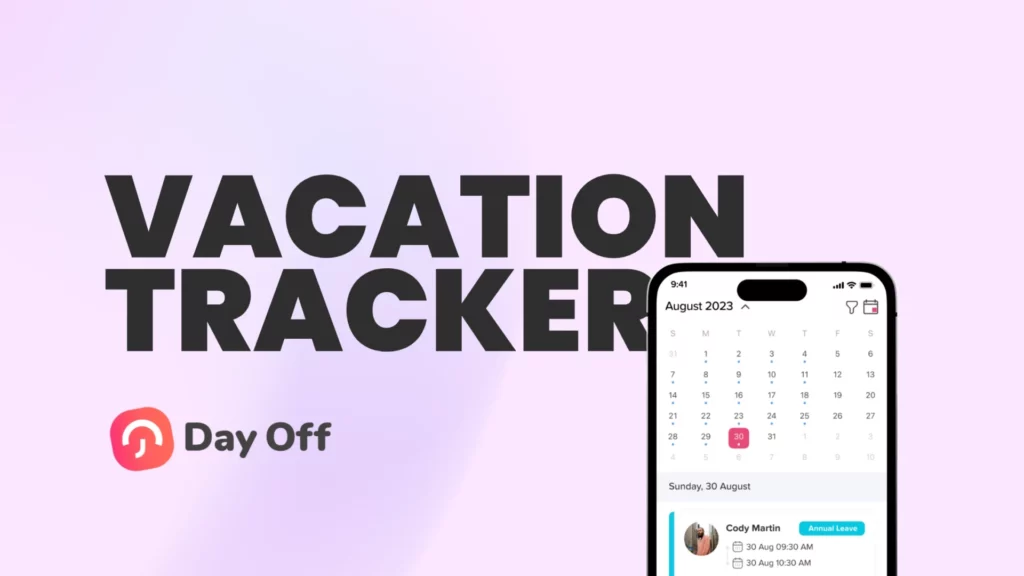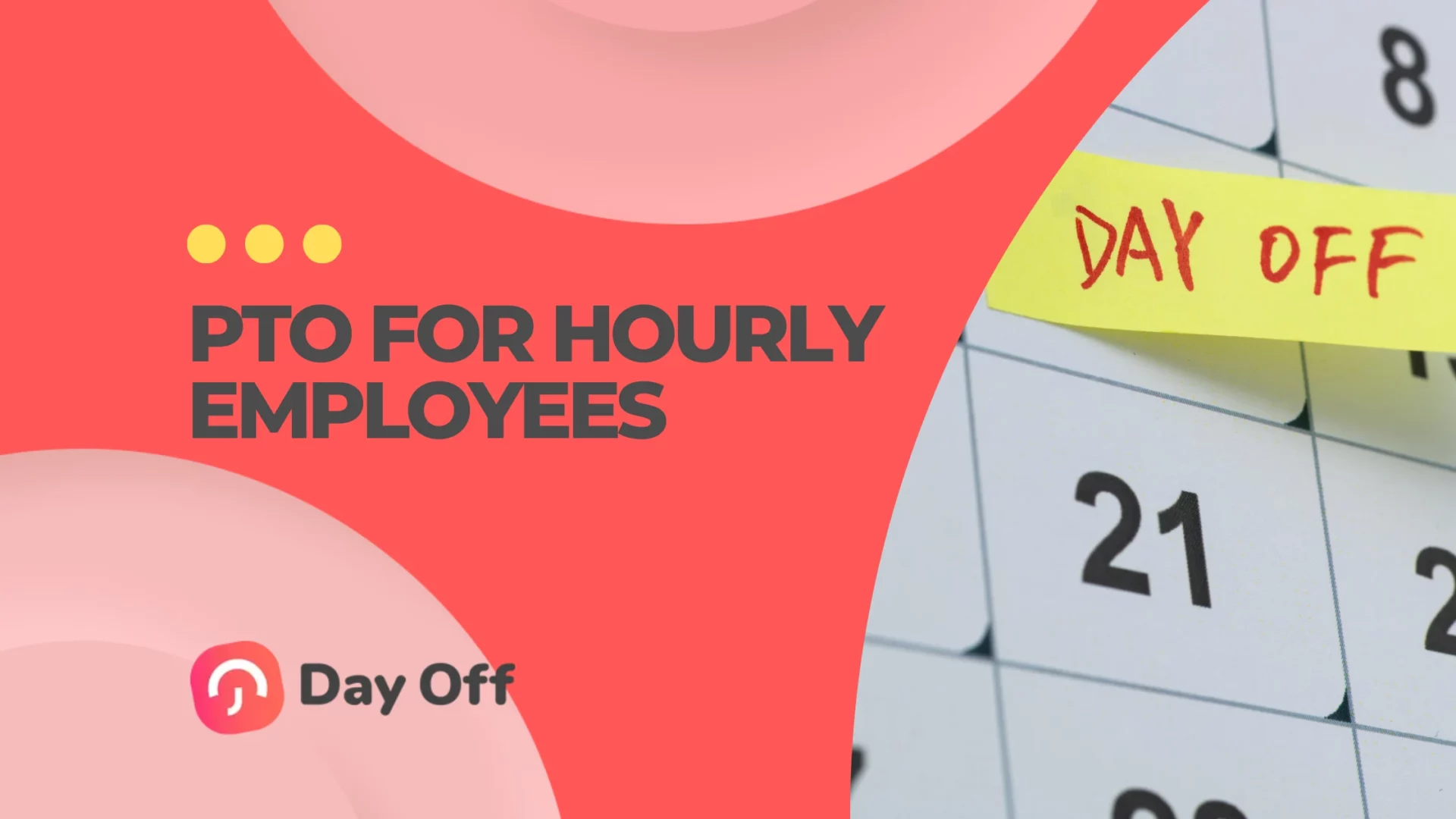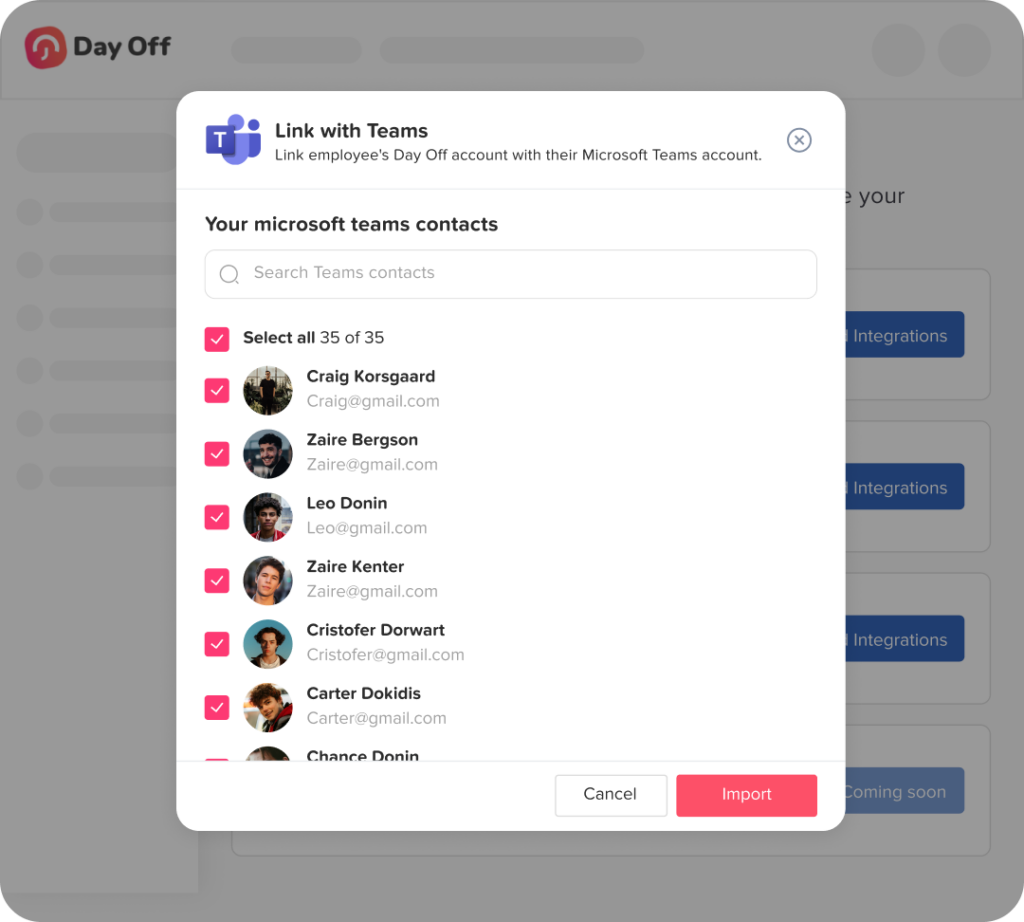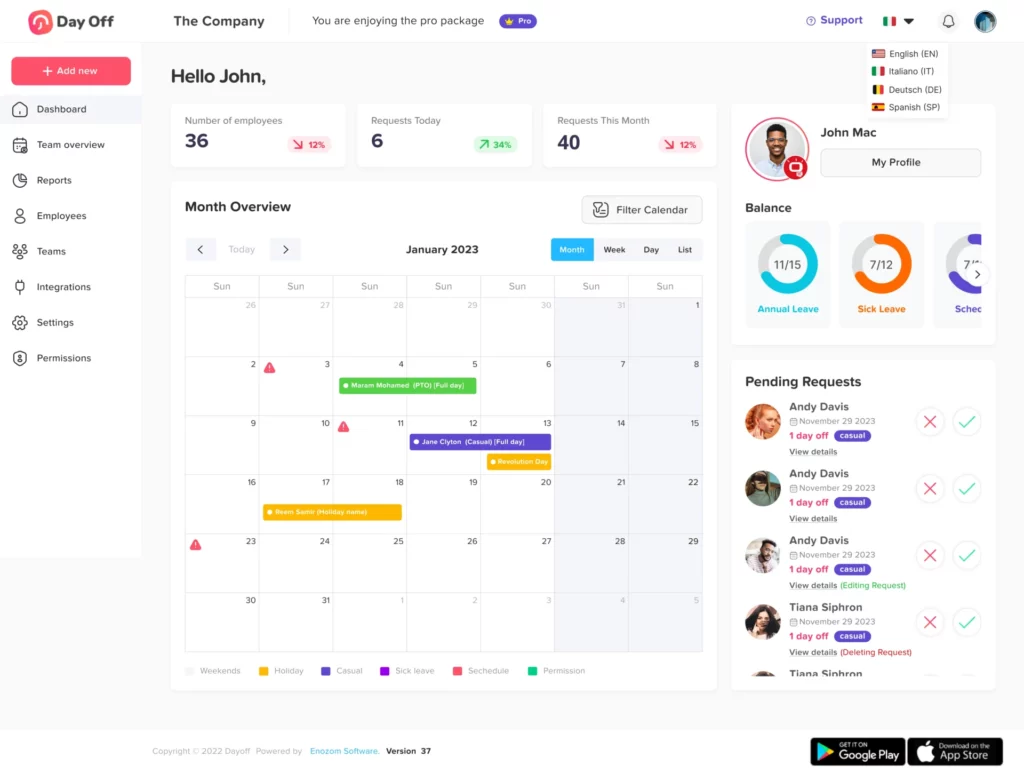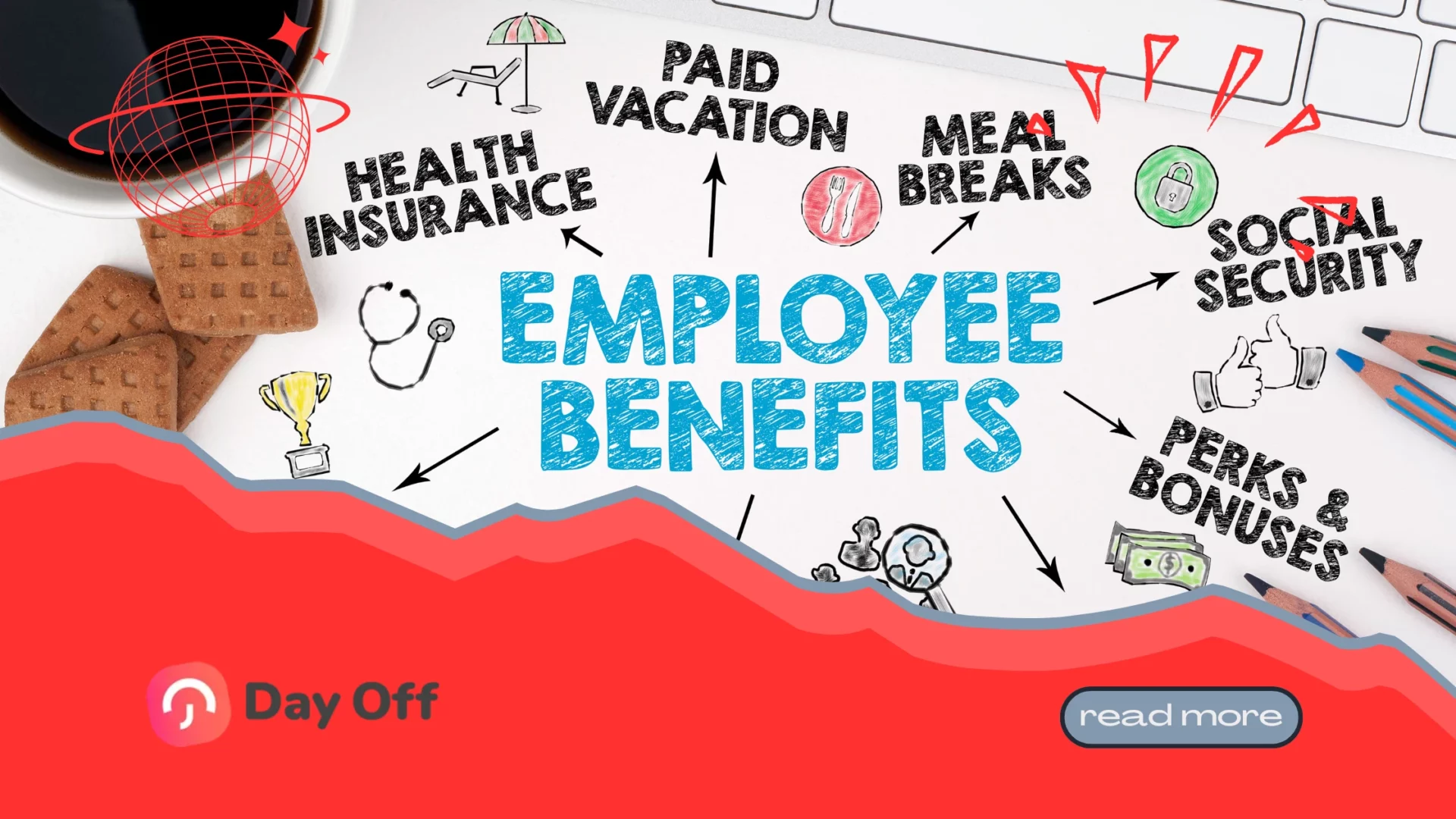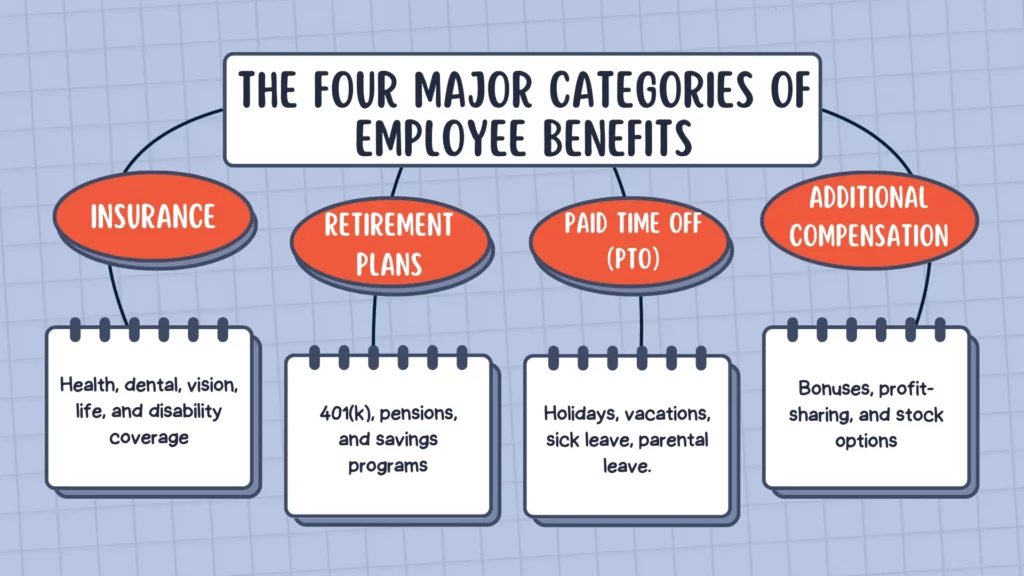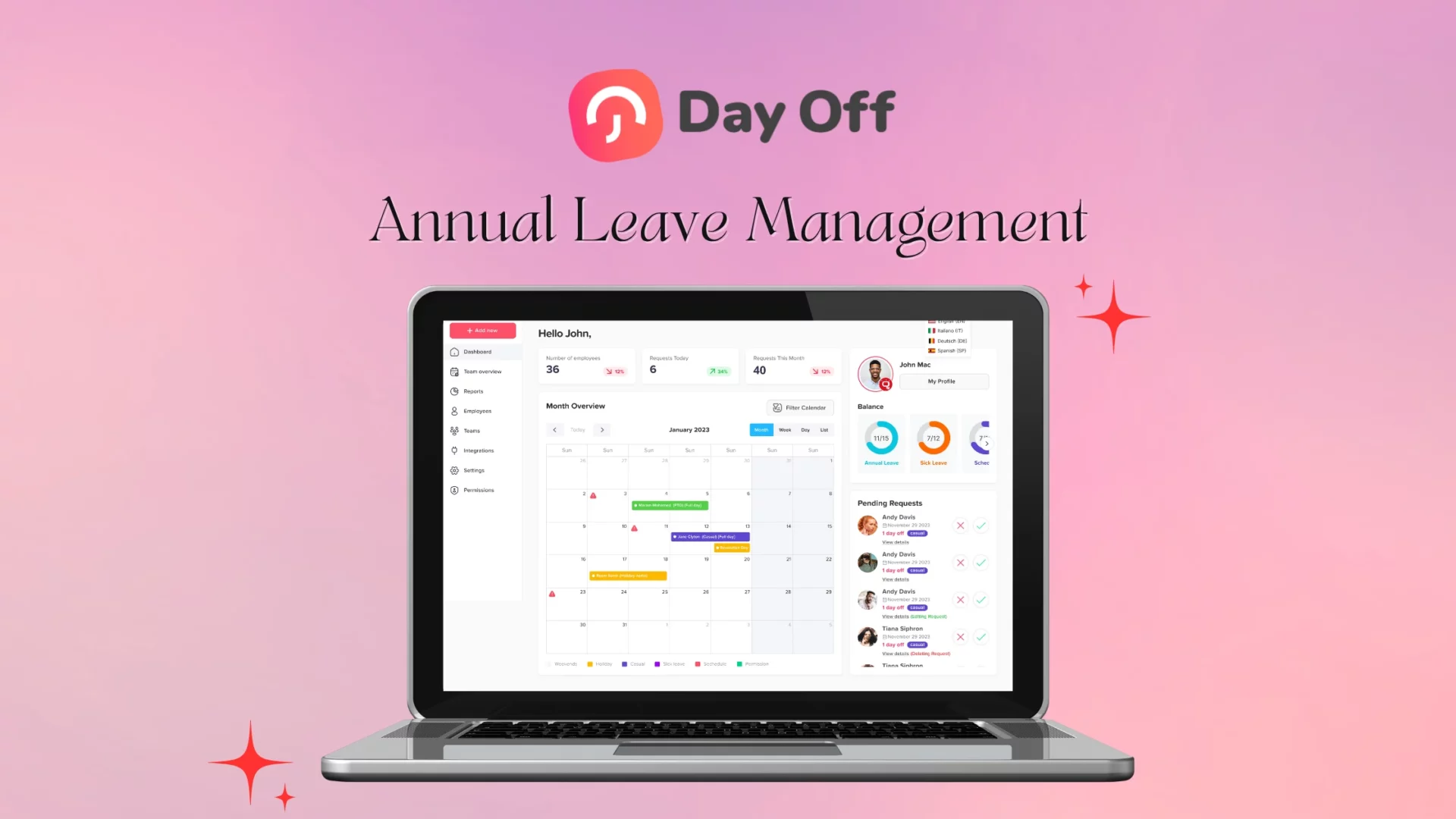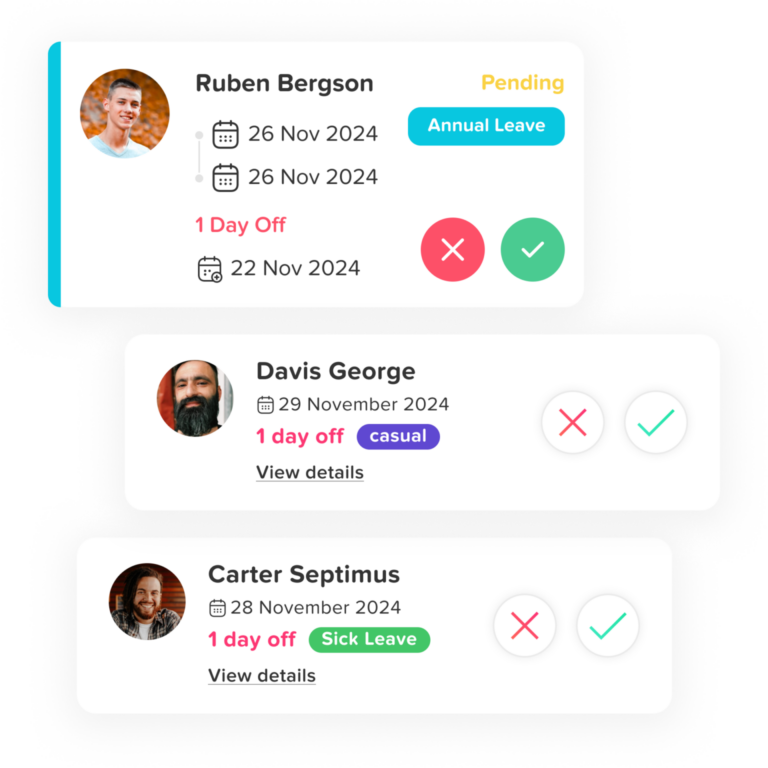No single PTO approach fits every organization. Your ideal policy balances employee well-being, coverage, compliance, and cost. This expanded guide slows down at every step: it explains how Paid Time Off Accrual works, shows alternative designs with pros/cons, provides ready-to-plug examples and math, and flags common pitfalls. Use it to choose confidently, configure your systems correctly, and roll out with minimal confusion.
What is Paid Time Off Accrual?
Paid Time Off Accrual is the method and schedule by which employees earn time away from work while still being paid. It’s the ruleset that decides how much time accumulates, when those hours appear in an employee’s balance, and under what conditions the time can be used. PTO typically covers vacation, sick time, personal days, and sometimes floating holidays. Organizations may keep one combined PTO bank or separate banks (for example, a bank for vacation and a separate bank for sick time). Either way, your accrual rules determine the earning pattern and the usage gates, so clear rules prevent disputes and keep liability predictable.
Common ways PTO is awarded:
Front-loaded. Employees receive a full, fixed amount at the beginning of a defined period (calendar year or hire-anniversary year). This design is simple to understand and great for planning big trips, but it requires guardrails (like waiting periods) so brand-new hires don’t immediately draw down an entire year’s allotment.
Per hours worked. PTO grows proportionally to the time an employee actually works (e.g., 1 hour of PTO for every 30 hours worked). This is inherently fair for variable-hour workforces and scales up automatically during busy seasons, but it depends on accurate timekeeping and unambiguous rounding rules.
Per accrual period. A fixed amount is added on a regular cadence, each pay period, semi-monthly, or monthly, regardless of hours in that period (common for salaried roles). It’s predictable and easy to communicate, but you must specify how you handle partial periods for new hires or leaves.
Can employees use PTO anytime?
Short answer: not always, and that’s reasonable. Having a positive balance does not guarantee time off at any moment. Well-run policies balance employee choice with business coverage so teams can rest without leaving customers stranded.
Typical, reasonable constraints:
Blackout dates for critical periods. For example, retail holidays, fiscal close, and major launch windows. Publish the blackout calendar annually so employees can plan ahead and so denials never feel arbitrary.
Minimum tenure or waiting period. Especially for front-loaded plans, you may allow accrual from Day 1 but restrict usage until, say, 30–60 days of employment have passed. This prevents large early draws before onboarding is complete.
Advance notice standards. Define lead times for different request types, e.g., 10 business days for planned vacations, same-day for illness. This sets expectations and enables coverage planning.
Coverage rules. Examples include “no more than two members of Team X off simultaneously,” or “at least 60% of Tier 1 support staffed.” Give managers permission to deny or shift dates with documented rationale.
How PTO accrual works: Models, use cases, and watchouts
Accrual per hours worked
Employees earn PTO in direct proportion to hours worked, every hour worked contributes a fraction of an hour to the PTO balance. You can choose whether overtime hours also earn PTO and whether paid holidays count toward accrual.
Best for. Hourly teams, shift-based operations, seasonal businesses, and roles with substantial overtime. Because the model ties earning to actual hours, it feels fair to employees whose schedules fluctuate.
Pros. Highly equitable for variable schedules; easy to prorate for part-time employees; naturally prevents overuse early in tenure because balances grow gradually.
Cons. Requires precise time tracking and thoughtful rounding; may feel slow to new hires who haven’t accumulated much time yet; needs explicit handling of non-worked paid time (holidays, jury duty) to avoid confusion.
Edge cases (decide and document):
Do PTO hours accrue overtime? If yes, balances will grow faster during peak periods; if no, say so plainly.
Do PTO hours accrue on paid holidays or company shutdowns? Many employers choose yes to keep pace with paid time.
Does accrual continue during unpaid leaves or long-term disability? Typically no, but state it explicitly.
How do you treat on-call hours or standby stipends? Define whether those count as hours worked for accrual purposes.
Worked example (full-time baseline).
Annual PTO target: 15 days × 8 hours/day = 120 hours.
Standard work year: 40 hours/week × 52 weeks = 2,080 hours.
Hourly accrual rate = 120 ÷ 2,080 = 0.0577 hours per hour worked (≈ 3.46 minutes per hour).
If you prefer to post biweekly, you can convert: 120 ÷ 26 pay periods = 4.62 hours per period (posting doesn’t change the earning logic, just when it appears).
Worked example (part-time).
Same plan (120 hours for a full-time equivalent year).
A 24-hour/week employee works roughly 24 × 52 = 1,248 hours/year.
Earn rate remains 0.0577.
Annual PTO earned ≈ 1,248 × 0.0577 ≈ 71.9 hours. Document rounding, e.g., display 71.75 or 72 based on your rule.
Accrual per pay period
Paid Time Off Accrual is credited in even chunks every payroll cycle (weekly, biweekly, semimonthly, or monthly). Hours worked in that cycle are not the driver; employment status is. This model is common for salaried teams with predictable schedules.
Best for. Organizations that value simplicity and predictability, teams where timekeeping is not hour-by-hour; companies that want easy math and fewer edge cases.
Pros. Easy to explain; balances grow predictably; lower admin overhead because you don’t need to reconcile hourly nuances each cycle.
Cons. Requires clear proration rules for new hires, promotions, and leaves; can feel unfair to variable-hour workers if they receive the same accrual as someone working more hours that period.
Implementation tips.
Partial periods: Define how you credit PTO for someone who starts mid-period (e.g., pro-rate based on calendar days employed in the period).
Leaves/unpaid time: State whether accrual pauses in any period with unpaid status.
Status changes: If an employee moves from part-time to full-time mid-period, specify whether the change affects that period’s accrual or only future periods. Include an example in the handbook
Front-loaded PTO
You grant a lump sum at the beginning of the year (Jan 1) or on the hire anniversary (Month/Day). Employees then draw down from that balance throughout the year.
Best for. Trust-forward cultures, teams that need to plan long vacations early, and organizations seeking the simplest possible calculation model.
Pros. Extremely easy to understand; empowers early-year planning; straightforward to configure in most HRIS systems.
Cons. Creates exposure if employees use most of the time and then depart mid-year; can cause coverage crunches early in the year if many people schedule long trips; typically requires waiting periods or negative-balance limits to manage risk.
Guardrails to consider.
Waiting period for usage (e.g., PTO granted Day 1 but usable after 30–60 days).
Negative-balance limits (e.g., down to −16 hours with approval) to allow emergencies without open-ended debt.
Proration for mid-year hires so new employees receive a fair partial grant (see formulas below).
Tiered accruals (by tenure or level)
Paid Time Off Accrual increases at defined milestones (e.g., 0–2 years: 120 hours; 3–5 years: 144 hours; 6+ years: 160 hours), or by job level. The HRIS must automatically update on the exact milestone date.
Best for. Rewarding loyalty, aligning benefits with career growth, and competing in markets where time-off generosity increases over tenure.
Pros. Tangible recognition of service; strong retention signal; easy to message (“You gain 2 additional days at your 3-year anniversary”).
Cons. More moving parts, ensure your system handles mid-year increases (e.g., when someone crosses a milestone in July) without manual intervention.
Communication tip. Show each employee their next milestone date, the new accrual amount, and an estimate of how their balance will change after the switch.
Hybrid & bonus PTO
Combine a base accrual model with occasional awards such as wellness days, company-wide recharge days, or performance bonuses. These are discrete, transparent boosts rather than ad hoc favors.
Best for. Culture-building and burnout prevention, especially after intense sprints or product launches.
Pros. Highly visible and morale-boosting; flexible levers for leadership to recognize extra effort without permanently increasing annual accruals.
Cons. Without clear triggers, awards can feel arbitrary. Publish criteria (e.g., “All-hands weekend support → 1 floating day usable within 30 days”).
Key policy levers: What to decide and why it matters
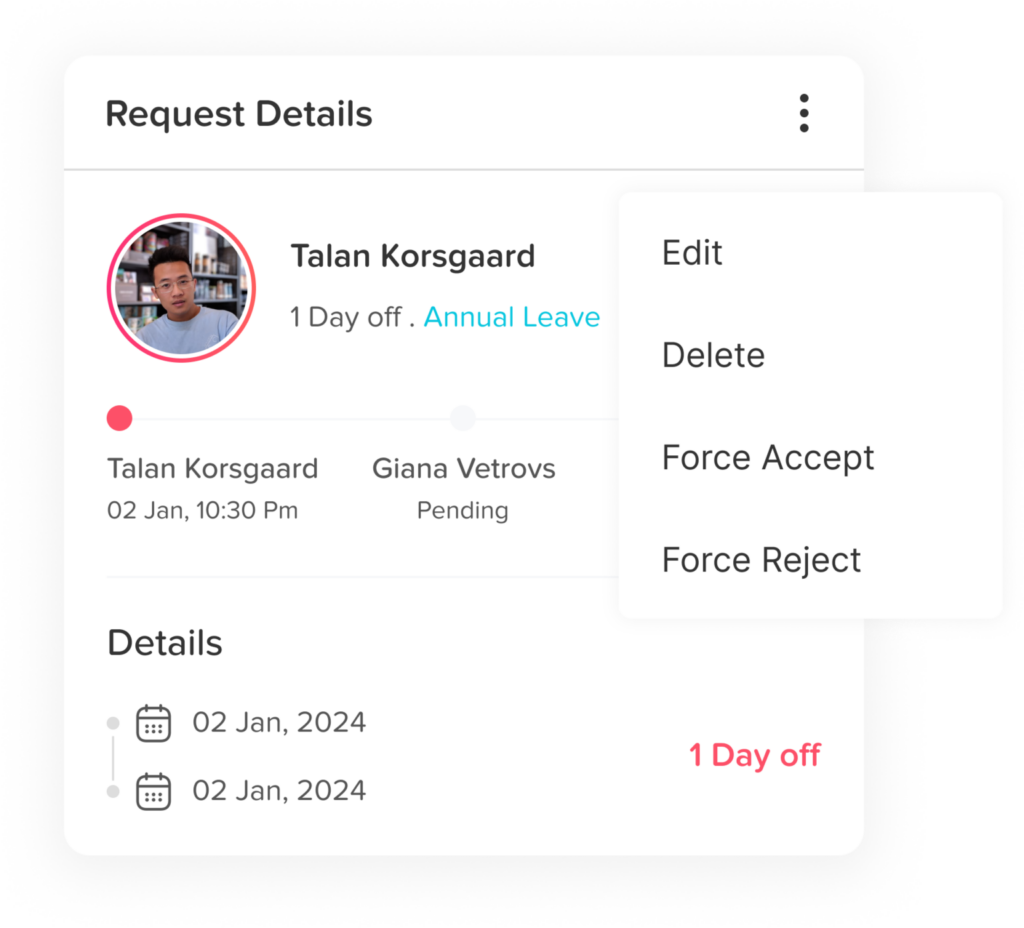
Accrual caps & carryover (rollover)
Caps prevent large balances from snowballing and keep your PTO liability (unused PTO × average hourly pay) within budget. Carryover policies strike a balance between encouraging rest and maintaining coverage.
Example. Annual accrual 120 hours; cap 1.5× annual (180 hours). Carry over up to 40 hours; must use by March 31 or it expires. Accrual pauses when the cap is reached and resumes after usage drops the balance below the cap.
Liability snapshot. If 100 employees carry 40 hours each at an average $30/hour, liability = 100 × 40 × $30 = $120,000. Caps and use-by dates make this predictable and avoid end-of-year panic scheduling.
Write it down. State clearly when accrual pauses at the cap and how/when it resumes. Include what happens to expired carryover (expires, converts to cash, or moves to a separate bucket). Choose one and document it.
Waiting periods & eligibility
When accrual begins (Day 1 vs. after 30 days), when it posts (each payroll vs. month-end), and when it becomes usable (immediately vs. after a waiting period). Distinguish eligibility for full-time, part-time, temporary, and interns.
Model statement. “Accrual begins on Day 1; balances post each pay period; PTO becomes usable after 60 days.” This sets a clear sequence that systems can automate.
Negative balances (PTO advances)
Allows flexibility for emergencies while preventing long-term debt that might need to be reconciled at separation.
Parameters. Set a maximum negative (e.g., −16 hours), define eligible reasons (bereavement, urgent illness, family emergencies), outline earn-back mechanics, and state what happens to any negative balance at termination (e.g., deducted from final paycheck where lawful).
Risk control. Require manager + HR approval above a threshold; review quarterly to see if advances are clustering in certain teams (a sign of staffing or culture issues).
Blackout dates & minimum coverage
Design. Publish a coverage plan: critical periods, required on-site roles, and team-specific limits (e.g., Tier 1 support must maintain ≥60% staffing at all times). Share the calendar early each year.
Fairness tools. Rotate holiday priority, use first-come-first-served with timestamping, and offer alternate benefits (e.g., comp day) when denials are necessary.
Approval standards & SLAs
Service-level promise. Commit to a decision window (e.g., 3 business days). Slow decisions drive rework and erode trust.
Criteria checklist. Overlap with other approved leaves, blackout windows, customer impact, and critical deadlines. Require managers to record a brief reason for any denial.
Escalation. Provide a quick appeal path to a second approver or HR for time-sensitive cases.
Payout at separation
State whether unused PTO is paid out at termination, and confirm practices comply with laws in each location.
Good practice. Show the calculation method (final hourly rate × accrued, unused hours) and when it will be paid (typically on the final paycheck where required).
Interaction with protected leaves
Paid Time Off Accrual may run concurrently with some protected leaves (where permitted), or accrual may pause. Spell out: accrual during FMLA/parental/disability leave, the ability/requirement to use PTO during leave, and benefits continuation.
Manager training. Train leaders not to deny protected leave or penalize usage. Separate leave decisions from performance management.
Special cases: Sick, disability, and other leaves
Sick leave (jurisdiction-specific)
Accrual & bank structure. State the accrual basis (e.g., 1 hour per 30 hours worked) or front-load where required. Specify whether sick time lives in a separate bank or inside a combined PTO bank, and how that satisfies local sick-time rules.
Eligible uses. Define what sick time can cover (self, family member, preventive care, school/office closures for public health, domestic violence/sexual assault/stalking where applicable). Note any location-specific expansions.
Notice & documentation. Allow same-day notice for illness. If you require documentation, set a clear threshold (e.g., after 3 consecutive workdays) and accept reasonable proof; never require a diagnosis. Where law prohibits documentation for short absences, say so.
Carryover, caps & payout. Clarify minimum carryover where mandated (e.g., carry over up to 40 hours) and any annual use caps permitted by law. Explain payout at separation, typically not required for sick time unless your policy or local law says otherwise.
Privacy & retaliation. Managers should request only fitness-for-duty confirmations, not medical details. Explicitly prohibit retaliation for lawful sick-time use.
Sample policy language (Sick):
Sick leave accrues at 1 hour for every 30 hours worked (front‑loaded where required by law). Sick time may be used for the employee’s or a family member’s illness, injury, or preventive care. Same‑day notice is permitted for unplanned illness. Documentation may be requested after 3 consecutive workdays, consistent with applicable law. Unused sick leave carries over as required; sick leave is not paid out at separation unless required by law.
Disability leave (STD/LTD & workers’ compensation)
Accrual during leave. State whether PTO continues to accrue during short‑term disability (STD), long‑term disability (LTD), and workers’ compensation. Many employers pause accrual during unpaid portions, spell it out.
PTO top‑ups. Clarify if employees may or must use PTO to supplement wage‑replacement benefits (e.g., STD at 60%). Give the order of operations and any maximum top‑up.
Benefits continuation. Describe how medical/dental/vision premiums are handled during leave and how arrears are collected if pay is insufficient.
Return‑to‑work. Outline fitness‑for‑duty, transitional duty, and ADA interactive‑process steps; confirm job protection per policy and law.
Sample policy language (Disability):
While on approved STD, the plan pays 60% of base wages. Employees may elect to use available PTO to supplement up to 100%. Paid Time Off Accrual pauses during unpaid LTD. Health benefits continue per plan terms; employee premiums not collected during leave will be recouped upon return or from final pay as permitted by law.
Family/medical and other protected leaves (e.g., FMLA, parental, pregnancy, military, jury duty)
Concurrency. State when Paid Time Off Accrual runs concurrently with protected leaves (where allowed) and when employees may choose to preserve PTO. Some jurisdictions require the option, not a mandatory call-out exception.
Accruals & holidays. Say whether Paid Time Off Accrual continues or pauses during each leave type and how paid holidays intersect (do they extend the leave or are they included?). Provide a simple example.
Reinstatement. Confirm return‑to‑work rights (position, pay, and benefits restoration) and how seniority/service dates are treated.
Notice & certification. Set timelines for employee notice and certification forms; keep medical information confidential and separate from personnel files.
Legal note: This guide is not legal advice. Confirm details with counsel based on your locations, employee classifications, and applicable collective bargaining agreements.
What is Day Off Vacation Tracker?
Day Off is a lightweight leave/PTO tracker for small and midsize teams. It centralizes time-off requests, balances, approvals, and shared calendars across web and mobile (iOS/Android). The Android app shows ~4.8 from ~987 reviews, 50K+ downloads, and recent updates, so it’s viable for on-the-go approvals and employee self-service. It’s not a full HRIS or payroll system; think “focused PTO tool” that plugs into the tools you already use.
Core features (what they do in practice)
Requests & approvals
Employees submit requests; managers approve/deny with notes. On Pro, you can require multi-step approvals (e.g., team lead → department head), which helps when compliance or coverage needs a second check. Mobile push and email alerts keep both sides responsive.
Policies & accruals
Create multiple leave types (e.g., vacation, sick, PTO, comp time), set accrual methods (e.g., monthly/biweekly), carry-over limits/expiry, and specify whether hours or days are used, as well as per-team calendars/holidays. This allows you to mirror real policy rules without the need for spreadsheets.
Calendars & visibility
Team/company calendars show who’s out; approved requests can auto-sync to Google Calendar and Outlook so availability is visible where managers already plan work. You can choose the sync scope (just me, me+subordinates, team, whole company) to avoid oversharing.
Integrations (Slack & Microsoft Teams)
Employees can request time off and see balances right from chat; managers get notifications and daily “who’s off” digests, reducing back-and-forth. This is especially helpful for distributed teams that live in Slack/Teams.
Reporting
Basic reports cover balances and usage by person/team/timeframe, enough for audits, coverage reviews, and quarterly liability snapshots, without the overhead of a full BI tool.
Plans & pricing (how to pick)
Startup
- 25 Employees
- Single Approver
- Three Policies
- Unlimited Team
- Unlimited Locations
Basic: Free forever: Single approver/policy/team/location; up to 10 employees. Good for testing or very small teams.
Pro: $2 per employee/month (min $20): Unlimited employees; multi-approvers; multiple teams/locations; Google/Outlook calendar sync and Slack/Teams. Example: 35 employees, $70/mo or $840/yr. Always defer to the pricing page.
Lite ($1 per person/month): limited number of employees, daily leave types, and up to 3 policies.
FAQ: Essential edge cases
Can I take partial‑day PTO for an appointment?
Yes. PTO may be taken in consistent small increments (e.g., 0.25 hour) or half‑day blocks, choose one standard and apply it company‑wide to avoid confusion. PTO covers only scheduled work time; unpaid meal breaks do not require PTO. If you work an irregular schedule, the portion deducted should mirror the hours you were scheduled to work during the time away (e.g., two hours for a mid‑day appointment). Document your standard in the handbook and configure the HR system to enforce the same increment for both accrual postings and deductions.
If a company holiday falls during my vacation, is PTO deducted?
No. Company‑observed holidays that occur during approved PTO do not reduce your balance. This keeps holiday pay separate from earned vacation time and prevents double‑charging. For global teams, apply the local holiday calendar tied to the employee’s primary work location. If your organization runs mandated shutdowns, state clearly whether those days are paid administrative time or reduce PTO, and keep the rule consistent year to year to support planning.
I got sick while on vacation. Can those days count as sick leave instead?
Yes. Notify your manager as soon as practical (for example, within a few business days of returning) and follow the documentation rules in your sick‑leave policy. Approved days will be reclassified from PTO to sick leave so your vacation bank isn’t depleted. Be clear about how this affects carryover caps and any earn‑back rules; reclassifications should also update the shared calendar to reflect the accurate leave type for compliance reporting.
Can I backdate a request or cancel after approval?
Backdating is allowed for legitimate reasons (illness, system outage) within a short window and with manager approval so records stay accurate. Approved PTO can be canceled before the start date; same‑day changes require manager consent to protect coverage and may be denied if shifts are already staffed. Best practice is to include a brief note on the reason for any backdate or cancellation so audits and downstream payroll checks remain straightforward.
Do overtime hours and paid holidays earn Paid Time Off Accrual?
Pick a single rule and state it clearly. A common approach is to accrue on all hours worked (including overtime) to keep it equitable for variable schedules, and not accrue during unpaid time. Address paid holidays and paid shutdowns explicitly, either they accrue at the normal rate or they do not, and apply the same standard across locations unless local law requires a different treatment. Publish a one‑line summary in the employee portal so people don’t have to guess.
Does PTO accrue while I’m on leave (parental, disability, unpaid)?
Define it by leave type. Typical pattern: accrual continues during paid leaves (e.g., parental leave paid by the company) and pauses during unpaid portions or long‑term disability, unless local law says otherwise. Clarify whether protected leave time counts toward service for tenure‑based accrual tiers and how benefits and seniority are treated. Include one example in your handbook so employees can see how a mid‑year leave affects their year‑end balance.
Can I use PTO during my resignation notice period, and what about payout?
PTO during notice is allowed with manager approval to ensure coverage and knowledge transfer. Negative balances are not permitted during notice; employees must have sufficient accrued time to cover requests. Any unused, accrued PTO is paid out according to applicable law and your location‑specific policy, typically on the final paycheck. If critical handoffs are at risk, managers may decline new PTO during notice and instead schedule paid administrative time for company‑required offboarding tasks.
Can I work from another country instead of using PTO?
Working from another country is not PTO and can create tax, immigration, payroll, and data‑security obligations for both you and the company. For short personal travel, use PTO. If you want to work while abroad, obtain prior HR approval under the remote‑work policy; approvals usually consider the length of stay, the country’s rules, data access needs, and whether the company is registered to employ there. Without approval, remote work from abroad may be prohibited even if you have your manager’s informal okay.
Can I donate PTO to a colleague in need?
If your company offers it, donations flow through a Paid Time Off Accrual donation bank with clear limits (how much can be donated and received), eligibility criteria (e.g., serious illness or declared hardship), and privacy safeguards. Decide whether donations are anonymous and whether they convert hour‑for‑hour or at a standard rate. Payroll will handle any tax implications per local rules; donors and recipients should see transparent balances and approvals in the HR system.
Who can see the reason for my time off? How is privacy handled?
Only your manager and HR. Share minimal information (illness, family, personal); medical diagnoses are not required. Any medical documents are stored confidentially and separately from personnel files, and retaliation for lawful use is prohibited. Train managers to avoid probing questions and to use neutral calendar labels (e.g., “Out of Office”) so sensitive details are not disclosed to peers by accident.
Conclusion
Clear Paid Time Off Accrual rules turn time off into an asset, not a liability. Choose the model that fits your work patterns, culture, and cash posture; write the rules in plain language with worked examples; and configure your HRIS to enforce caps, carryover, proration, and waiting periods automatically. Pilot for a pay cycle or two, train managers on coverage and approvals, and review data annually to tune the policy. When in doubt, default to transparency (published blackout dates, approval SLAs, visible balances) and guardrails (caps, use‑by dates, negative‑balance limits). The result is predictable coverage, controlled liability, and a culture where people actually unplug and return refreshed.



